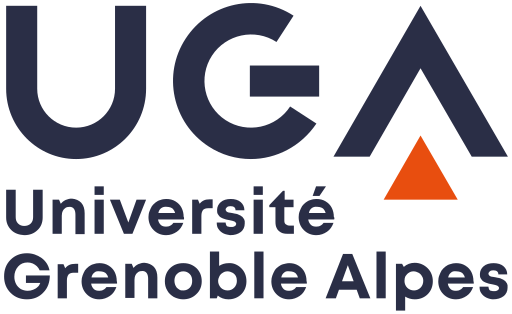This paper is devoted to the study of a turbulent circulation model. Equations are derived from the “Navier-Stokes turbulent kinetic energy” system. Some simplifications are performed but attention is focused on non linearities linked to turbulent eddy viscosity
Mots-clés : turbulence modelling, energy methods, mixing length, finite-elements approximations
@article{M2AN_2002__36_2_345_0,
author = {Brossier, Fran\c{c}oise and Lewandowski, Roger},
title = {Impact of the variations of the mixing length in a first order turbulent closure system},
journal = {ESAIM: Mod\'elisation math\'ematique et analyse num\'erique},
pages = {345--372},
publisher = {EDP-Sciences},
volume = {36},
number = {2},
year = {2002},
doi = {10.1051/m2an:2002016},
mrnumber = {1906822},
zbl = {1040.35057},
language = {en},
url = {https://www.numdam.org/articles/10.1051/m2an:2002016/}
}
TY - JOUR AU - Brossier, Françoise AU - Lewandowski, Roger TI - Impact of the variations of the mixing length in a first order turbulent closure system JO - ESAIM: Modélisation mathématique et analyse numérique PY - 2002 SP - 345 EP - 372 VL - 36 IS - 2 PB - EDP-Sciences UR - https://www.numdam.org/articles/10.1051/m2an:2002016/ DO - 10.1051/m2an:2002016 LA - en ID - M2AN_2002__36_2_345_0 ER -
%0 Journal Article %A Brossier, Françoise %A Lewandowski, Roger %T Impact of the variations of the mixing length in a first order turbulent closure system %J ESAIM: Modélisation mathématique et analyse numérique %D 2002 %P 345-372 %V 36 %N 2 %I EDP-Sciences %U https://www.numdam.org/articles/10.1051/m2an:2002016/ %R 10.1051/m2an:2002016 %G en %F M2AN_2002__36_2_345_0
Brossier, Françoise; Lewandowski, Roger. Impact of the variations of the mixing length in a first order turbulent closure system. ESAIM: Modélisation mathématique et analyse numérique, Tome 36 (2002) no. 2, pp. 345-372. doi : 10.1051/m2an:2002016. https://www.numdam.org/articles/10.1051/m2an:2002016/
[1] and, Numerical study of a control method computing a three-dimensional flow from the observed surface pressure. IRMAR publication (2000).
[2] ,, and, A model for two coupled turbulent fluids. Part II: Numerical analysis of a spectral discretization, to appear in Siam Journ. of Num. An. Part III: Numerical approximation by finite elements, submitted in Advance in Mathematical Science and Application. | MR | Zbl
[3] and, Solution of a two-dimensional stationary induction heating problem without boundedness of the coefficients. RAIRO Modél. Math. Anal. Numér. 31 (1997) 845-870. | Numdam | Zbl
[4] and, Inertial energy dissipation for weak solutions of incompressible Euler and Navier-Stokes equations. Nonlinearity 13 (2000) 249-255. | Zbl
[5] and, Existence of a solution to a coupled elliptic system. Appl. Math. Lett. 17 (1994) 49-55. | Zbl
[6] ,,, and, On a turbulent system with unbounded eddy viscosity, J. Nonlinear Analysis Theory, Methods and Analysis, in press. | Zbl
[7] and, Finite element methods for Navier-Stokes equations, theory and algorithm, Springer-Verlag (1986). | MR | Zbl
[8] , Analyse Mathématique et Océanographie. Collection RMA, Masson (1997).
[9] , The mathematical analysis of the coupling of a turbulent kinetic energy equation to the Navier-Stokes equation with an eddy viscosity. Nonlinear Anal. 28 (1997) 393-417. | Zbl
[10] (in preparation).
[11] and, Problèmes aux limites non homogènes et applications. Dunod (1968). | Zbl
[12] and Melina, http://www.maths.univ-rennes1.fr/
[13] and, Analysis of the
[14] , Categories and measures. Springer-Verlag (1979).
[15] , Méthode des éléments finis pour les fluides, Masson (1988). | Zbl
Cité par Sources :









